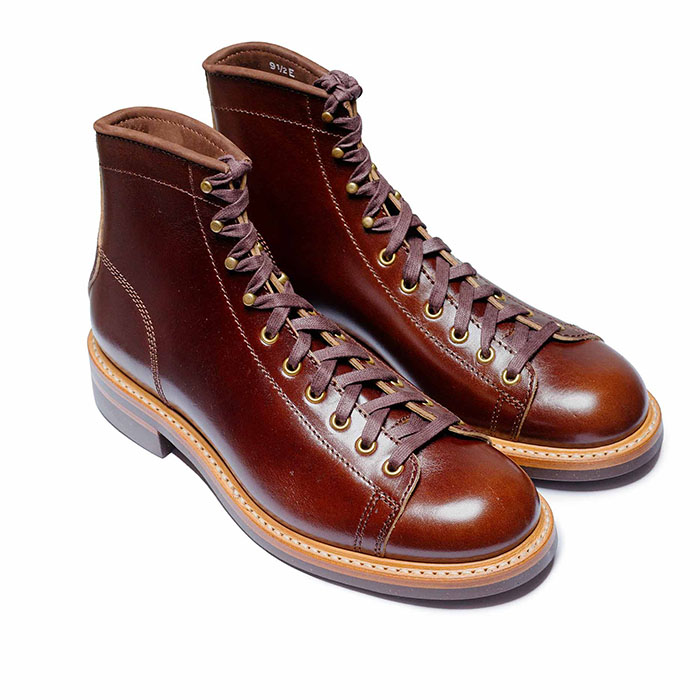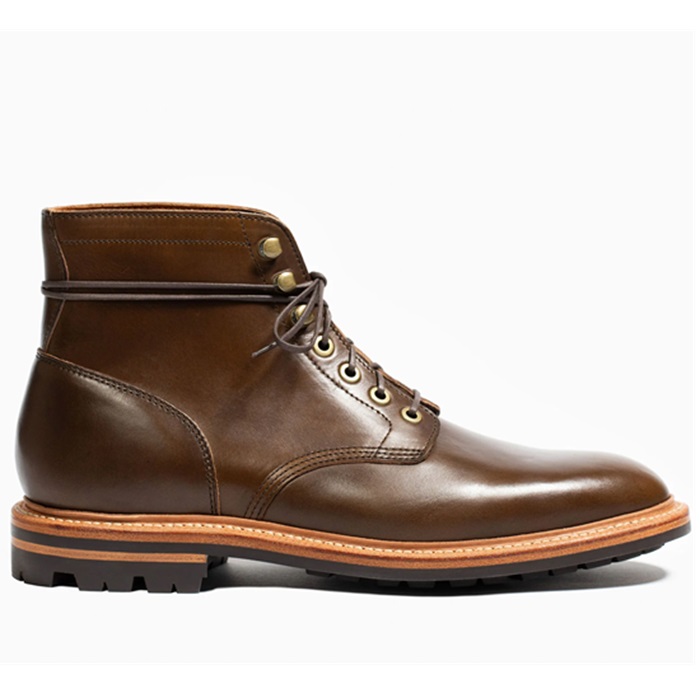Longtime lurker finally diving in with a debate that’s been brewing in my collection: Can contemporary workwear jackets truly match the longevity of vintage pieces? I’ve put both to the test through two years of farm use, and the results might surprise you.
The Contenders:
The Contenders:
- 1950s Sears Hercules Denim Jacket (10oz raw denim, chain-stitched)
- 2023 Carhartt Revised Detroit Jacket (12oz Duck Canvas, triple-stitched)
- Seam Failure: Vintage – 1 shoulder seam repair after 18mo; Modern – 0 failures but noticeable thread wear
- Fabric Wear: Vintage denim developed character without tears; Modern duck shows abrasion at cuffs/hem
- Hardware: Vintage copper rivets outlasted modern coated brass
- Lining: Both survived, but vintage cotton drill breathes better than modern poly blend
- The Hercules’ slightly looser fit allowed for better layering without strain points
- Modern treatments (like Carhartt’s Rain Defender) actually accelerated dye fading with frequent washes
- Vintage jackets seem to “self-repair” – frayed edges stabilize naturally vs. modern fabrics that unravel
- Are we sacrificing multi-decade durability for short-term comfort features?
- Which contemporary brands come closest to vintage construction (I’ve heard good things about Iron Heart’s 21oz offerings)?
- Any tricks to “breaking in” modern duck canvas to match vintage pliability?


